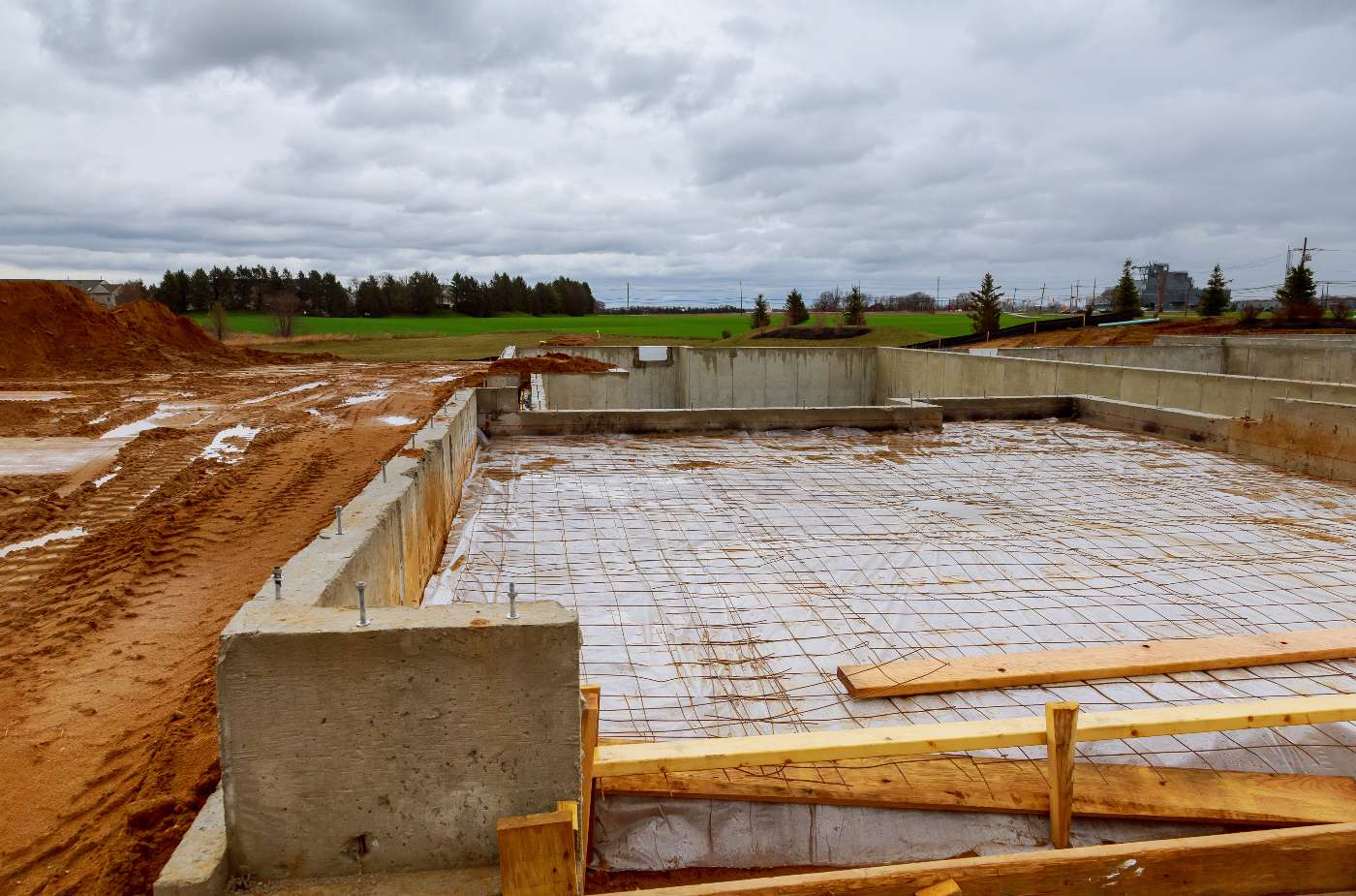When building, whether residential or commercial, the foundation plays a vital role in its stability, durability, and overall success. A strong foundation is the bedrock on which the entire structure rests, ensuring structural integrity, safety, and longevity. This blog post will explore the importance of strong building foundations, highlighting their significance in construction projects. Whether you're a homeowner, real estate investor, or construction professional, understanding the critical aspects of building foundations is crucial for making informed decisions and ensuring the long-term success of any structure.
I. The role of building foundations
A. Structural Support: Building foundations bear the weight of the entire structure, transferring it to the ground and providing stability. They distribute loads evenly to prevent settlement, tilting, or collapse.
B. Load Resistance: Strong foundations resist the forces imposed on the structure, such as gravity, lateral pressure from soil, and seismic activity. They ensure the building can withstand these loads without compromising its structural integrity.
C. Moisture and Soil Protection: Foundations act as a barrier between the structure and the ground, protecting it from moisture intrusion and potential damage caused by soil movement or expansion.
II. Types of building foundations
A. Slab-on-Grade Foundation: Commonly used in residential construction, this type of foundation is a single, thick concrete slab poured directly on the ground. It provides a solid base for the structure and is cost-effective.
B. Crawl Space Foundation: This foundation consists of a raised floor supported by short foundation walls, creating a crawl space beneath the structure. It allows easy access to utilities and provides ventilation and moisture control.
C. Basement Foundation: Basement foundations are popular in regions with cold climates. They involve the construction of full-height foundation walls that create usable space below ground level, providing additional living or storage areas.
III. Key considerations for building foundations
A. Soil Analysis: Conducting a thorough soil analysis is crucial to understand the soil conditions and determining the appropriate foundation design. Different soil types have varying load-bearing capacities and potential for settlement.
B. Site Preparation: Proper site preparation involves clearing the area, removing vegetation, leveling the ground, and addressing issues affecting the foundation's stability, such as drainage or grading problems.
C. Engineering and Design: Engaging a qualified structural engineer or architect is essential to design a foundation that suits the specific requirements of the structure, including factors like load calculations, local building codes, and site conditions.
D. Quality Materials and Construction Techniques: Using high-quality materials, such as concrete, rebar, and waterproofing membranes, ensures the durability and longevity of the foundation. Proper construction techniques, including curing and reinforcement placement, are critical.
IV. Importance of professional expertise
A. Building Code Compliance: Building foundations must adhere to local building codes and regulations. Engaging professionals with knowledge of code requirements ensures compliance and avoids potential legal and safety issues.
B. Structural Integrity: Professionals experienced in foundation construction can assess the soil conditions, determine the appropriate foundation type, and design the structure to withstand external forces and potential hazards.
C. Long-Term Cost Savings: Investing in professional expertise during foundation construction reduces the risk of future problems, such as cracks, settling, or moisture issues. Properly constructed foundations minimize the need for costly repairs or renovations.
A substantial building foundation is the cornerstone of any successful construction project. It provides stability, structural integrity, and peace of mind. Understanding the importance of solid foundations, the different types available, and the critical considerations involved allows homeowners, real estate investors, and construction professionals to make informed decisions and ensure the long-term success of their projects. By prioritizing quality materials, proper design, professional expertise, and adherence to building codes, one can build structures that stand the test of time, inspire confidence, and set the foundation for a successful future.

